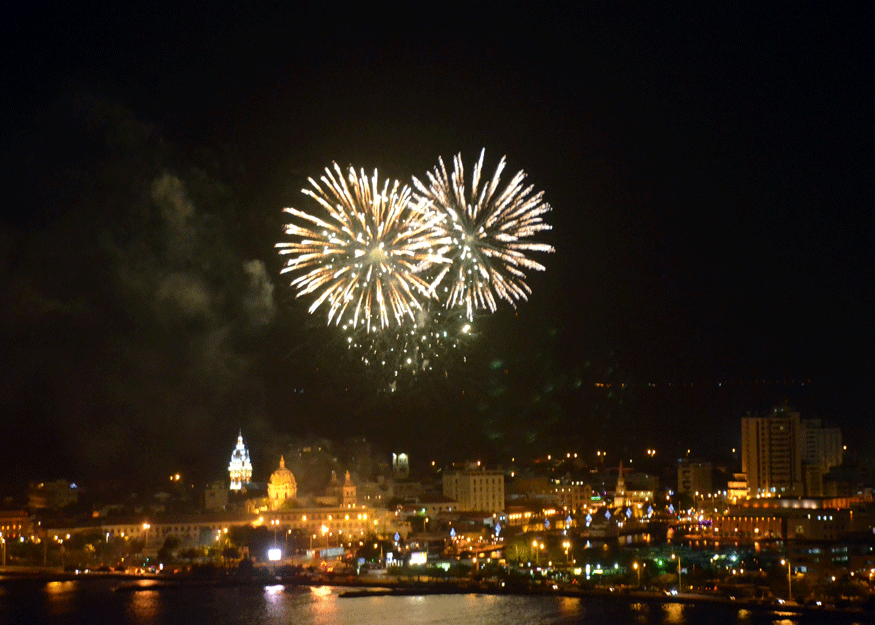Food options in Cartagena are either familiar or awaiting discovery. Ceviches are typically made from fresh fish like sea bass or snapper and marinated in lime juice, onions and cilantro.
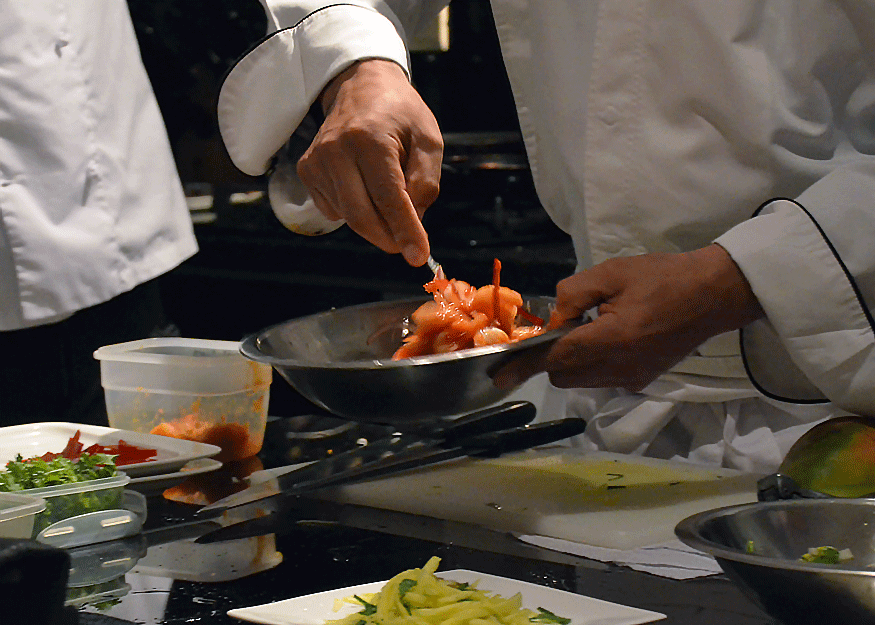
Fries made of yuca root, also known as cassava or manihot esculenta, are occasionally found on restaurant menus but more commonly served in family casas. (The starchy tuber or yuccaroot comes from a different plant family than the yucca, a desert evergreen.) Guava or guayaba filled pastries are common in las panaderias or bakeries. Tres leches cake made from three milks (condensed, evaporated, and heavy cream) is a popular dessert. A restaurant near our apartment served tres leches frozen, making it especially refreshing on a warm evening.
All these familiar favorites were deliciously represented in Cartagena cuisine. Discovering traditional dishes like bandeja paisa, the national dish of Colombia, was a tasty treat. It essentially consists of red beans and rice, ground beef, chicharron or fried pork belly, fried egg, chorizo, plantain, arepa, hogao or criollo sauce, avocado and lime. Hogao is made with onions, tomatoes, garlic, cumin, salt and pepper.
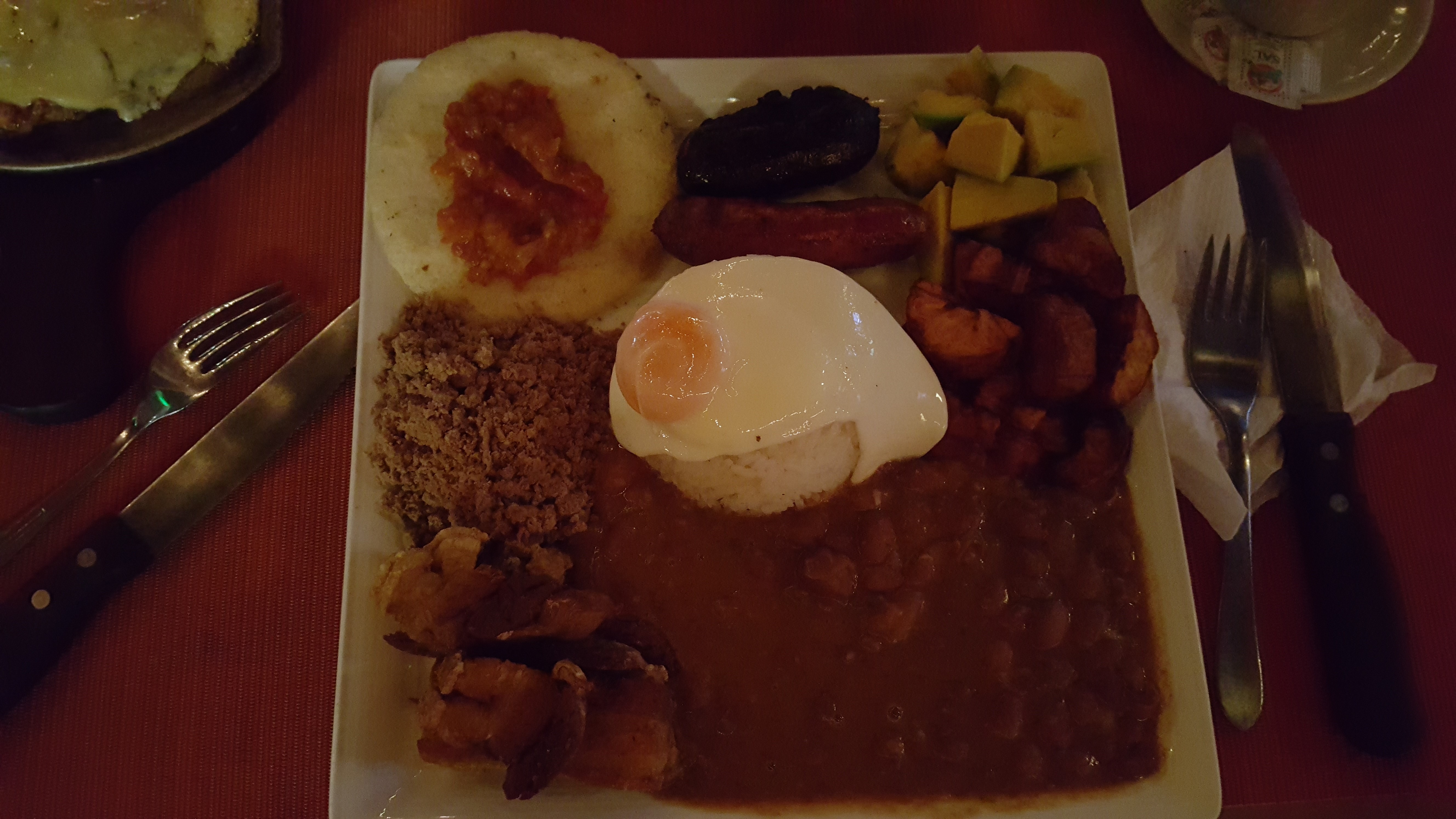
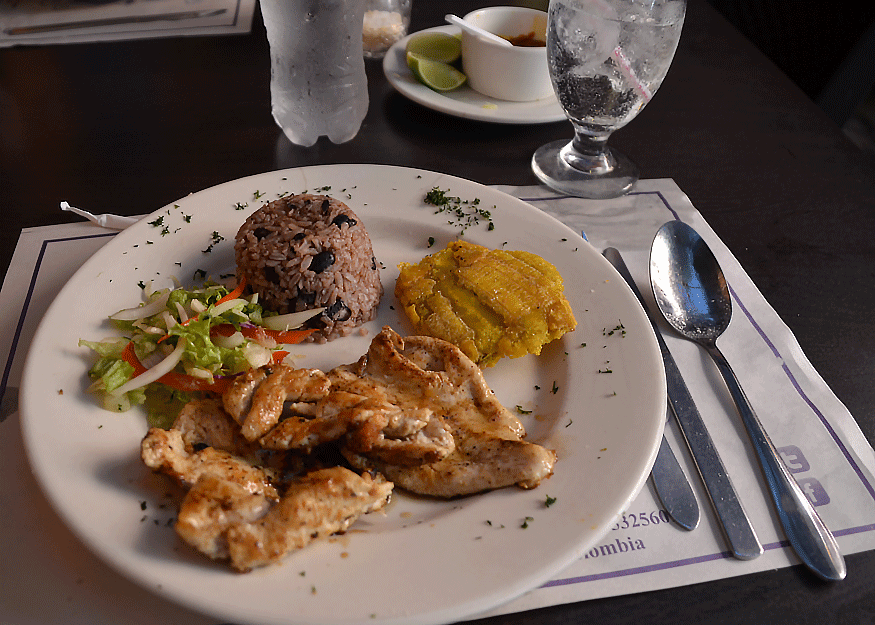
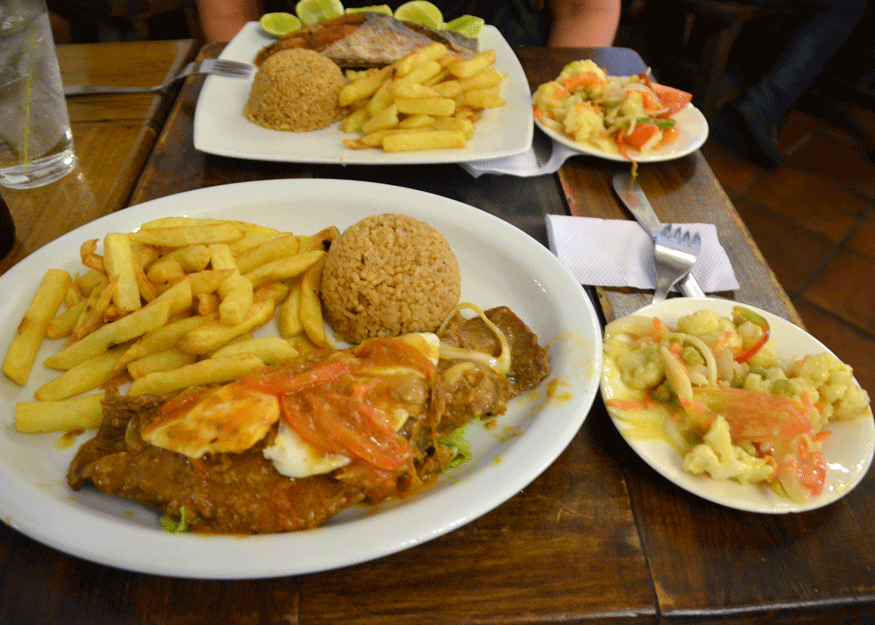
Arepas are patties made from cornmeal. Arepas are a meal and snack staple, served daily in Colombian homes and available from street vendors. (If you are not getting hungry yet, search the web for pictures!) Arroz de coco or coconut rice is another staple. Some variations even include raisins.
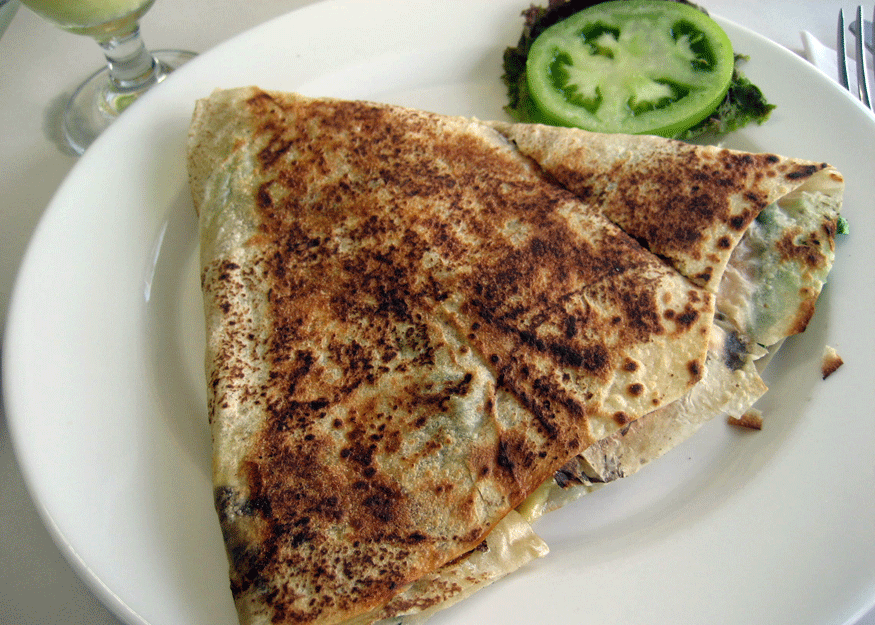
Frisby is a national Colombian restaurant chain specializing in pollo frito or fried chicken. Fortunately, a store was right around the corner. The chicken was always moist and flavorful. Our favorite sides were small fried arepas, coleslaw and yuca fries.
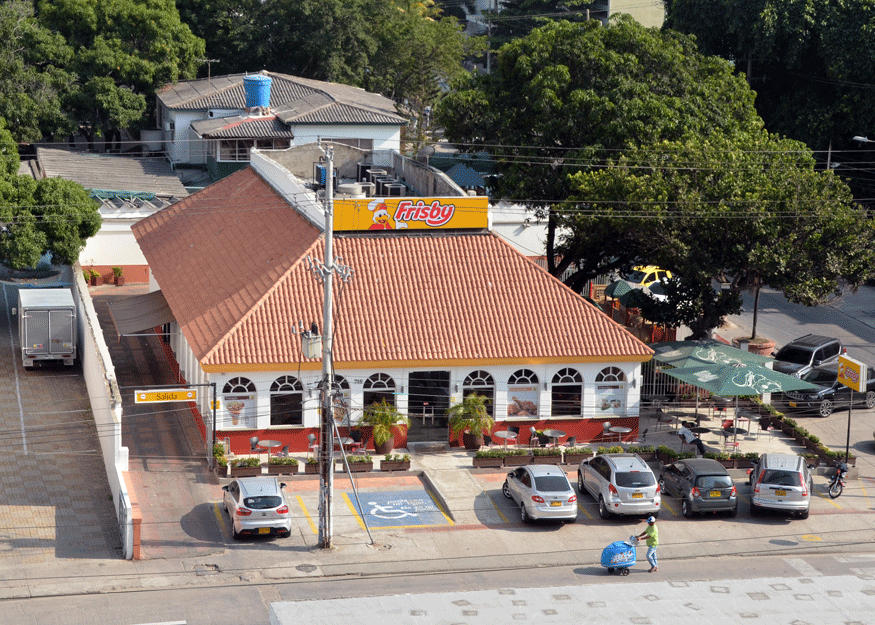
No meal is complete without an accompanying beverage. Limonada de Coco is coconut limeade that is rich, refreshing and almost addicting.
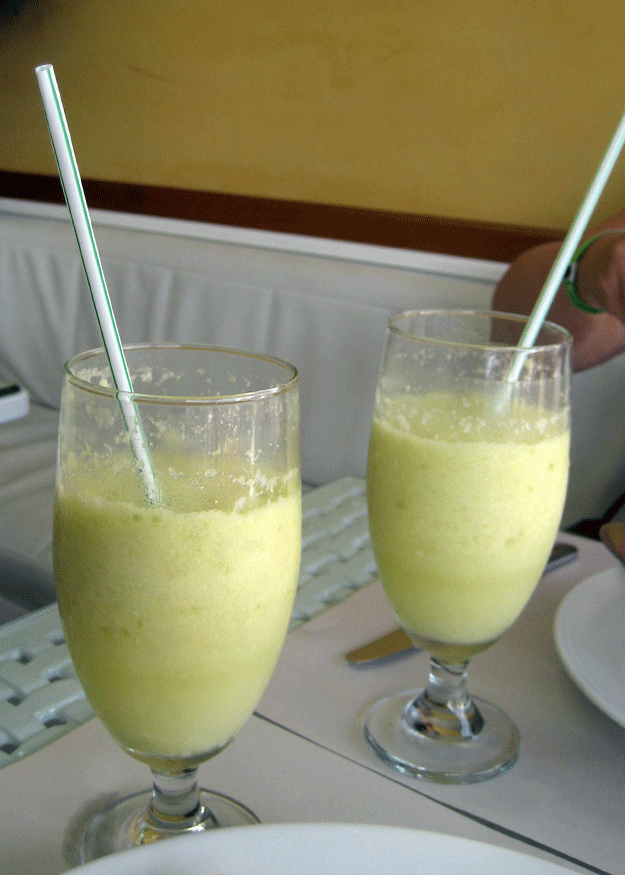
For something stronger, Colombia has nationally available cervezas or beers like Aguila and Club Columbia. Micro breweries also offer some interesting alternatives.
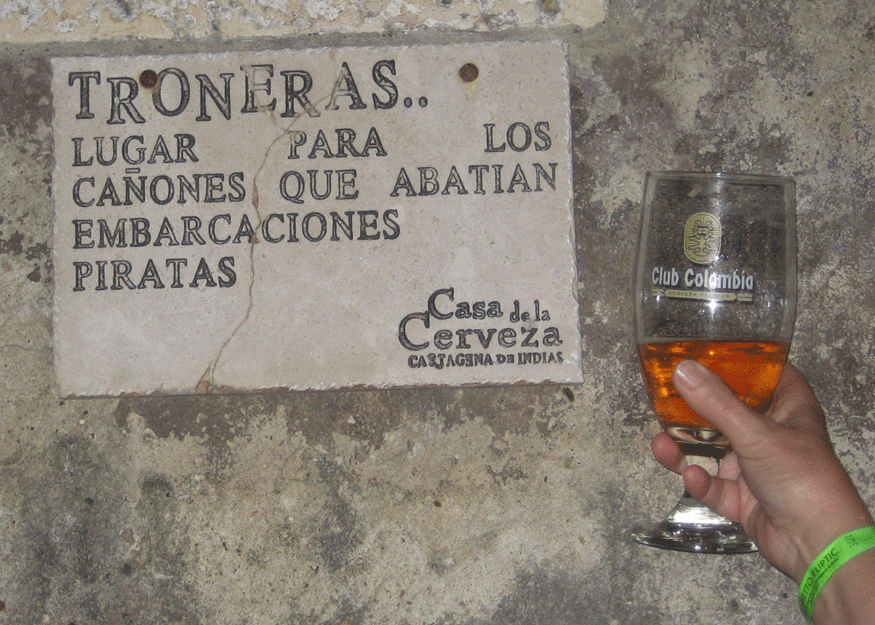
Aguardiente or firewater is often called the national drink. It is commonly made from sugar cane and anise seed. It can vary in alcohol content from 29 – 60 percent. Note that globally, aquardientes are strong alcoholic beverages, fermented and later distilled. They can be fruit or grain based. Depending on one’s definition, brandy or vodka can fall into the aquardiente family.
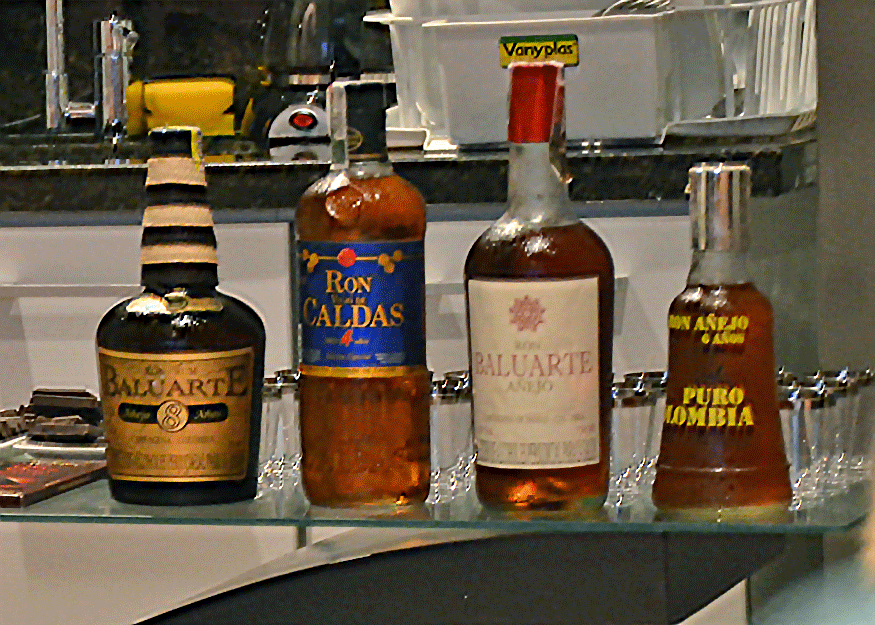
A sweet treat at the end of the day – or article – is always appreciated by Two Who Trek. One afternoon, after a rather filling almuerzo, we discovered a chocolate factory in Cartagena’s Plaza Ferdinand de Madrid.
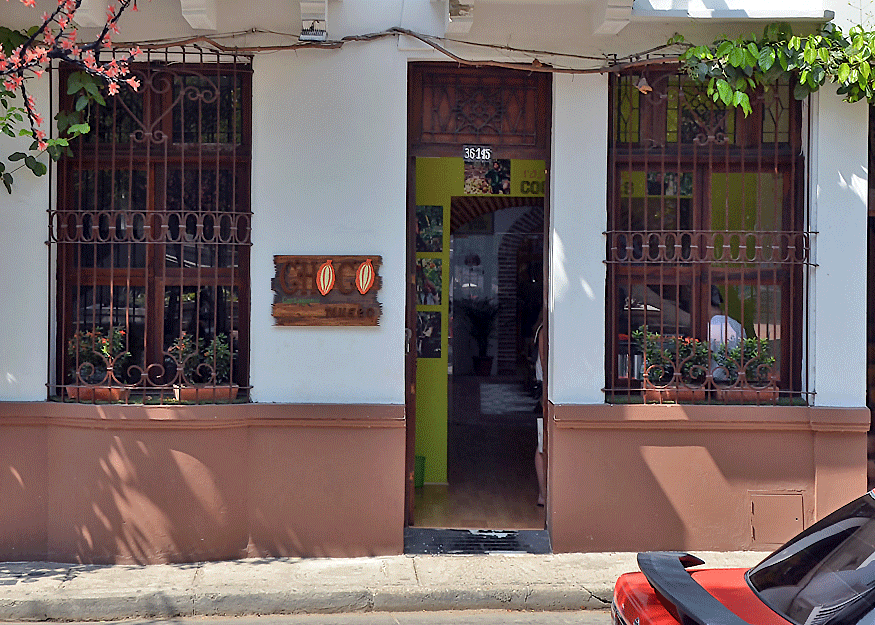
Choco Museo has stores in several Latin America countries and educates visitors on the processing of chocolate from bean to bar. Cacao is mainly grown within fifteen degrees on either side of the Equator.
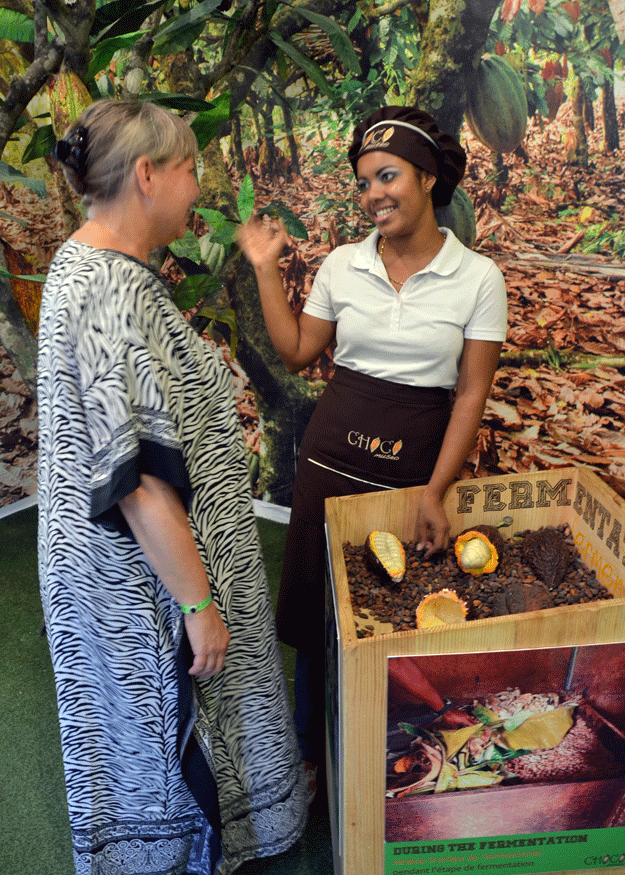
Confections from many cacao growing countries are offered for sale. Other products include ron or rum, cocoa butter and chocolate body oil. The flavored ron made a delicious nightcap that evening, as we watched the lights of the old city center from our balcony.
